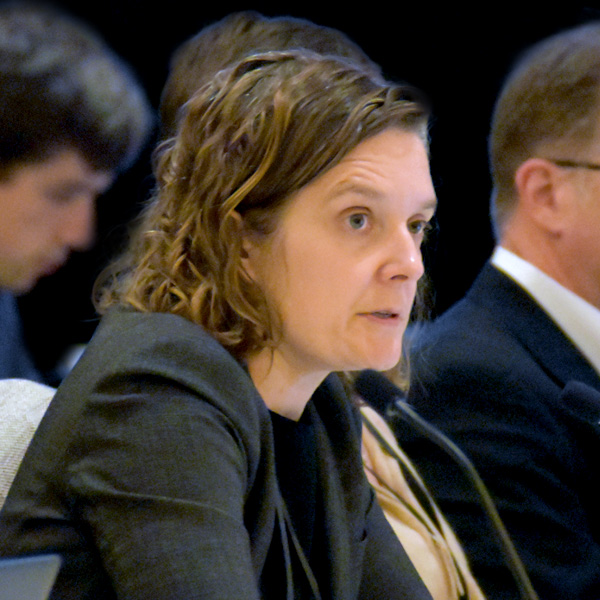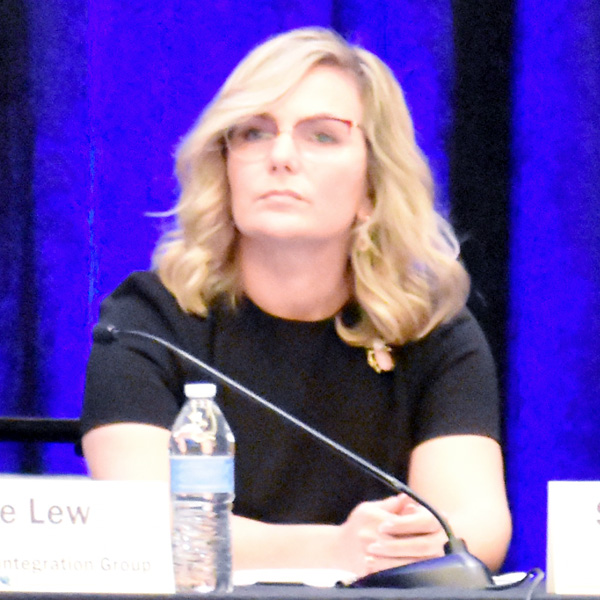MISO cannot wait until 2030 to roll out the welcome mat for DER aggregations in its markets, FERC ruled Tuesday.
FERC said MISO must submit a new date to achieve Order 2222 compliance in a more “timely manner.” The commission also ruled MISO has more work ahead of it to be fully compliant with its order unlocking participation in wholesale markets to distributed energy resource aggregations (ER22-1640).
MISO requested FERC allow it until Oct. 1, 2029, to register DER aggregations, with the first offers to follow in the first quarter of 2030. The RTO explained it first needed to replace its market platform before it has the technological capability to register, enroll and facilitate offers from DER aggregations. (See MISO Stakeholders Protest RTO’s Order 2222 Implementation Timeline.)
FERC said while MISO “persuasively explained” why its new market engines are a prerequisite for DER aggregator software and participation systems in its markets, the RTO didn’t justify the need for an additional five-year gap between completion of the new market platform in 2024 and the first DER aggregation registrations in late 2029.
“We find that MISO’s proposed effective date of Oct. 1, 2029, is not timely because, once MISO implements the [market platform replacement] project, MISO proposes to defer Order No. 2222 implementation for several years,” FERC said.
FERC said while it understood MISO wants to create a multiple configuration resource modeling, it said that shouldn’t also keep the RTO from opening its markets to DER aggregations for multiple years. MISO had said it should prioritize introducing a multi-configuration resource participation model before it tackles offers from DER aggregations because the former will yield more economic and reliability benefits.
However, FERC said, “facilitating distributed energy resource participation … will provide many of these same benefits.”
Single or Multiple Pricing Nodes?
FERC sent MISO back to the drawing board on several other aspects of its Order 2222 compliance.
Notably, FERC said MISO’s plan to limit aggregations to a single pricing node rather than across multiple nodes might be counter to the order’s directive that the locational requirements of DER aggregations be geographically broad as technically feasible.
MISO’s DER aggregation proposal specified that DER aggregations be at least 0.1 MW, be wholly located within MISO and limited to a single pricing node and self-commit their output in the MISO markets based on their own forecasts.
FERC said it understood MISO has concerns about congestion management challenges that could arise if DERs are aggregated at the opposite sides of a transmission constraint; however, it said “MISO has not demonstrated that it is not technically feasible for DERs to aggregate across a broader geographic area than a single node, at least for some nodes or groupings of electrical facilities that have similar impacts on the same transmission constraints.”
FERC told MISO it should better explain whether a broader aggregation is technically infeasible, not just challenging. It also said MISO’s potentially incomplete compliance with the locational requirements of Order 2222 raises the question of whether MISO must establish market rules that address distribution factors. MISO originally said its single-node pricing framework would not require distribution factors.
Commissioner Mark Christie said he thought MISO’s proposed pricing was fair and that pricing aggregations at more than one node would create a different compensation method for one category of resources and thus, undue preference.
“MISO’s proposal to price [aggregation] compensation at the node is technically feasible and is economically efficient, non-discriminatory and fair because it treats all resources similarly,” Christie said in a concurrence.
Christie said FERC should accept MISO’s pricing proposal “right now rather than make MISO produce more paperwork.” He said he only wrote a concurrence instead of a dissent because FERC didn’t outright reject MISO’s pricing plan.
Danly: A ‘Good Faith Effort’ on a Daunting Task
In a concurrence again lambasting Order 2222’s “micro-management” of RTO activities, Commissioner James Danly said MISO made a “good faith effort” to comply with the order but came up short.
“While I continue to disagree with Order No. 2222 itself, I agree that MISO failed to fully comply with its scores of dictates. I do not envy MISO the task we imposed upon them. One hundred percent compliance probably is impossible in a first, or perhaps even second, attempt. We shall see,” Danly wrote.
Other Compliance Shortcomings
FERC asked MISO to clear up several other aspects of its plan, including the role of relevant regulatory authorities over distribution systems. The commission said although regulatory authorities can choose to conduct their own distribution technical reviews and establish other rules that can override aggregators’ operations, MISO didn’t explicitly describe that role in Tariff revisions.
FERC also ruled MISO must add Tariff language that requires DER aggregators submit attestations that their aggregations comply with the operating procedures of distribution companies and the rules and regulations of their regulatory authorities. MISO’s plan should include an instruction to aggregators to provide a list of the individual DERs in their aggregations, FERC added.
The commission rejected MISO’s proposal to use a 10-MW threshold for aggregations before applying some market mitigation rules. FERC pointed out that MISO doesn’t use a size-based threshold for mitigation rules for any other class of resources.
FERC said MISO’s compliance plan didn’t explicitly spell out that aggregators will submit offers up to 30 minutes to the operating hour to reflect capability and must update offers in real time if DER availability changes.
FERC told MISO its proposed double-counting and technical review process of DER aggregations exceeded Order 2222’s 60-day limit. It also said MISO didn’t specify how it would share information about specific DERs provided to it by a distribution utility with aggregators as part of the distribution utility review process.
FERC also said MISO should be clearer on its protocols for sharing metering and telemetry data and should explain how such protocols will minimize costs while addressing privacy and cybersecurity concerns.
Beyond that, the commission said MISO needs to define how it will handle possible disputes over the potential impact of DER aggregations’ interconnections on the transmission system. MISO additionally must clarify how it will manage dispute resolution under its proposed distribution utility review process. The commission said while it agreed with MISO that many disputes are best left to the relevant regulators of DER aggregations, some disputes — especially those concerning information sharing during distribution utility review — will need to be resolved by MISO.
Finally, FERC said though MISO proposed that distribution companies could perform eligibility reviews, that section didn’t contain any criteria or standards distribution companies might use to establish whether a DER is capable of participating in an aggregation. The commission ordered MISO to explain whether it would incorporate additional eligibility criteria beyond those related to the required double-counting review.
FERC similarly said MISO’s proposed distribution utility review process to determine whether a DER will pose harm to the distribution system lacked criteria.
The commission said MISO should continue to coordinate with distribution utilities on those processes. It gave MISO 60 days to address its compliance imperfections.

